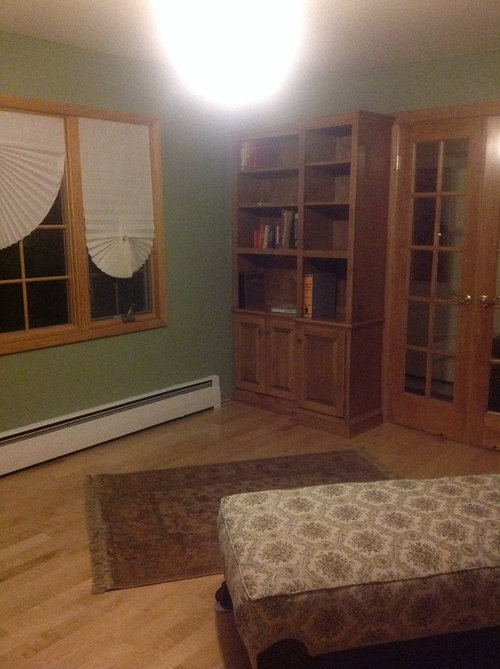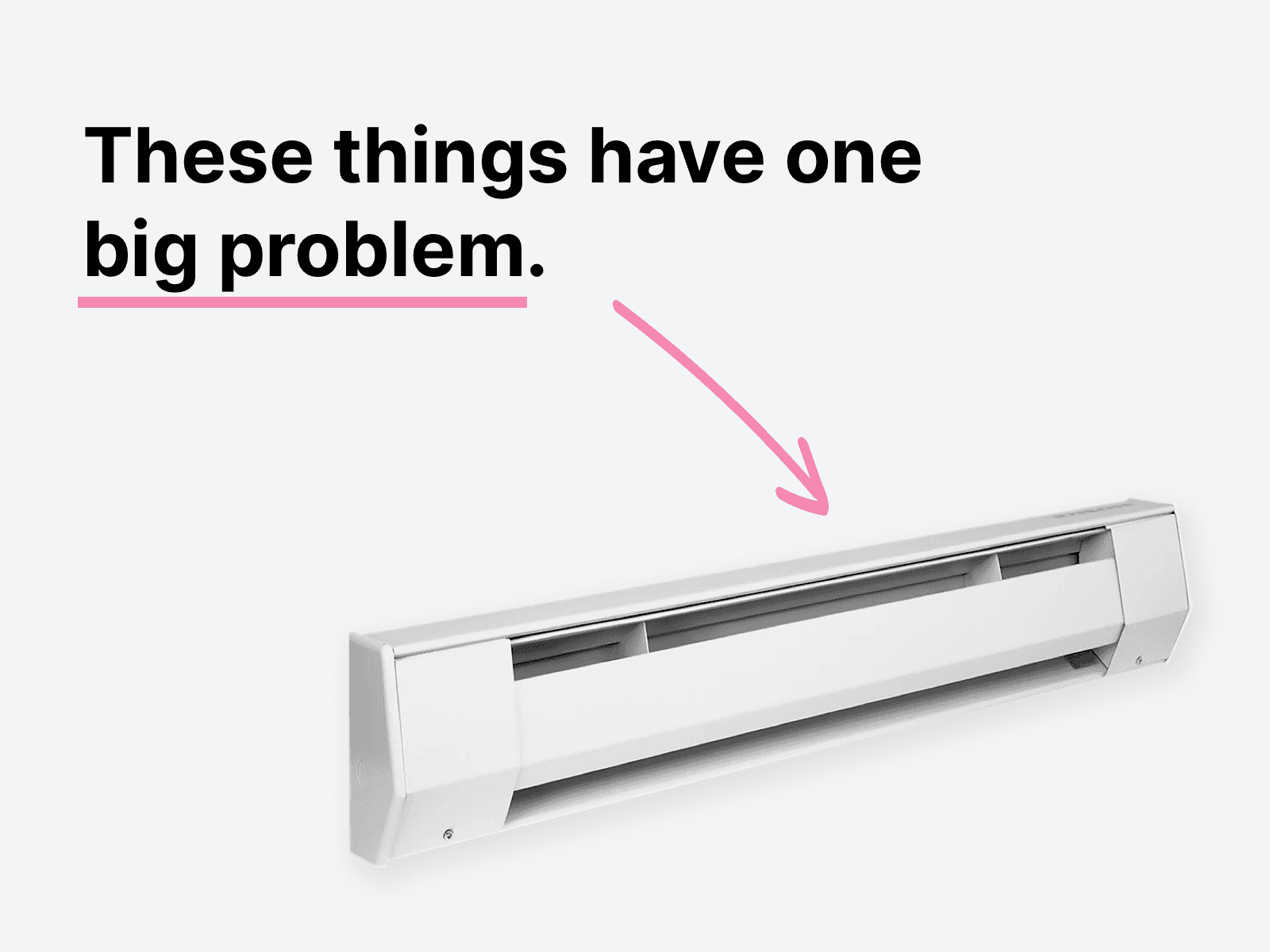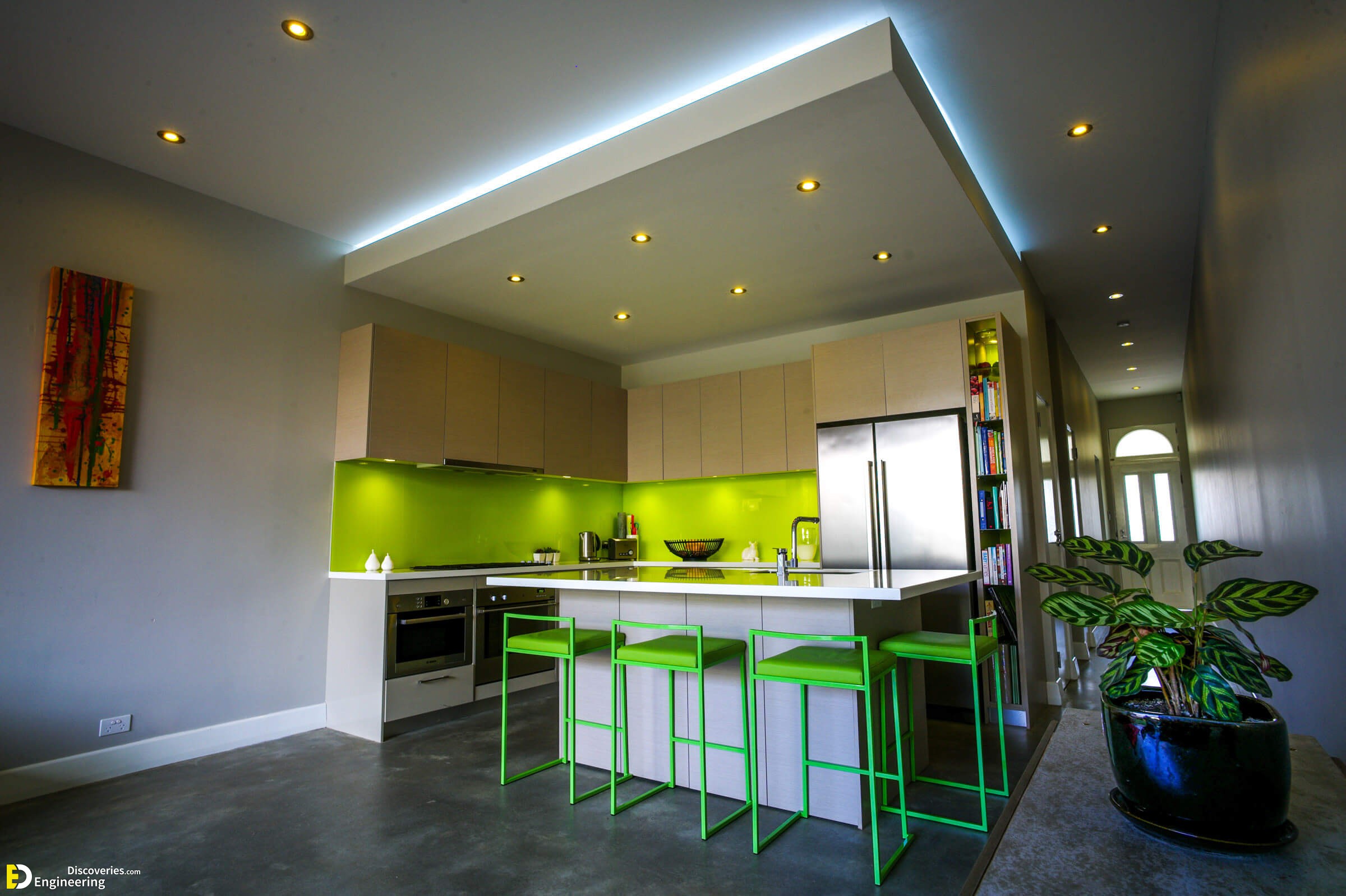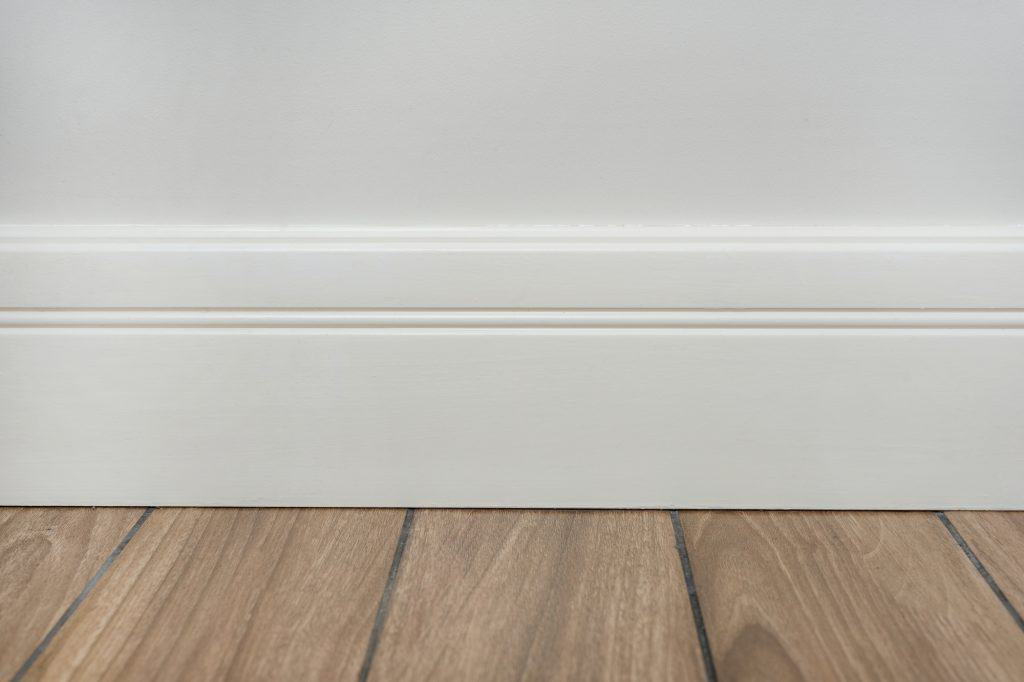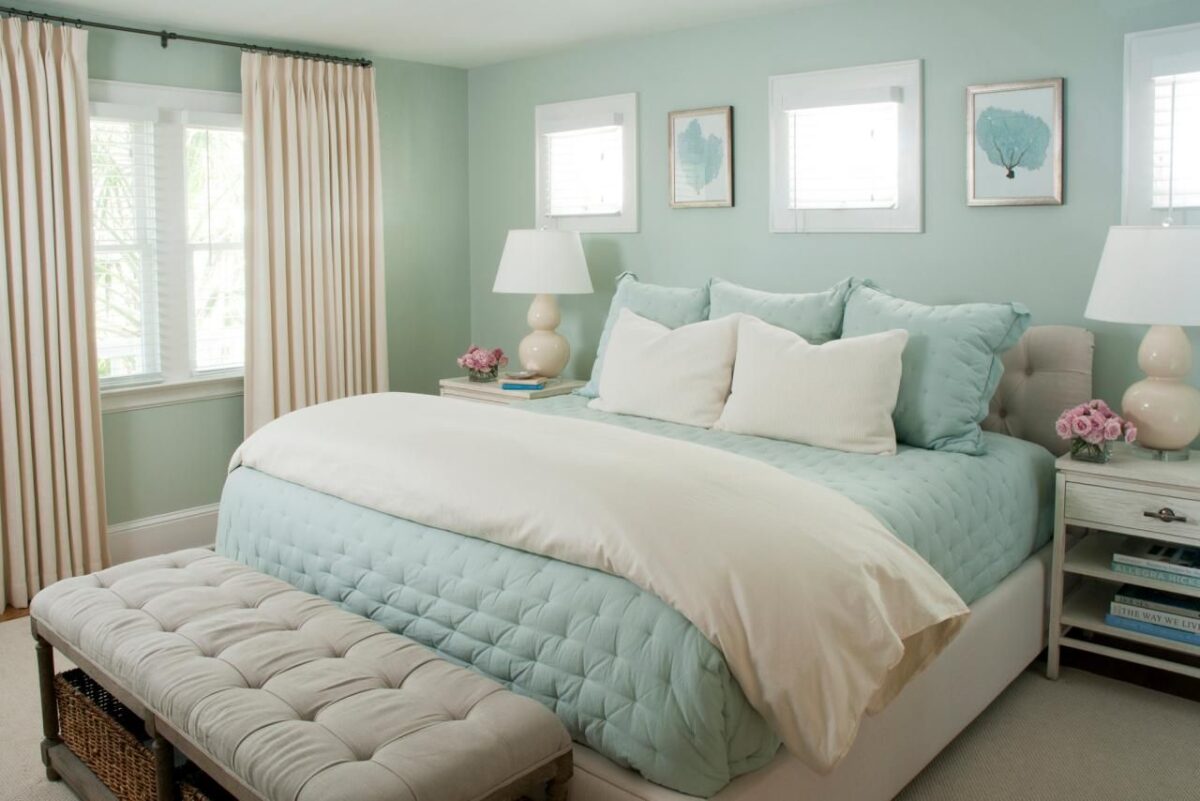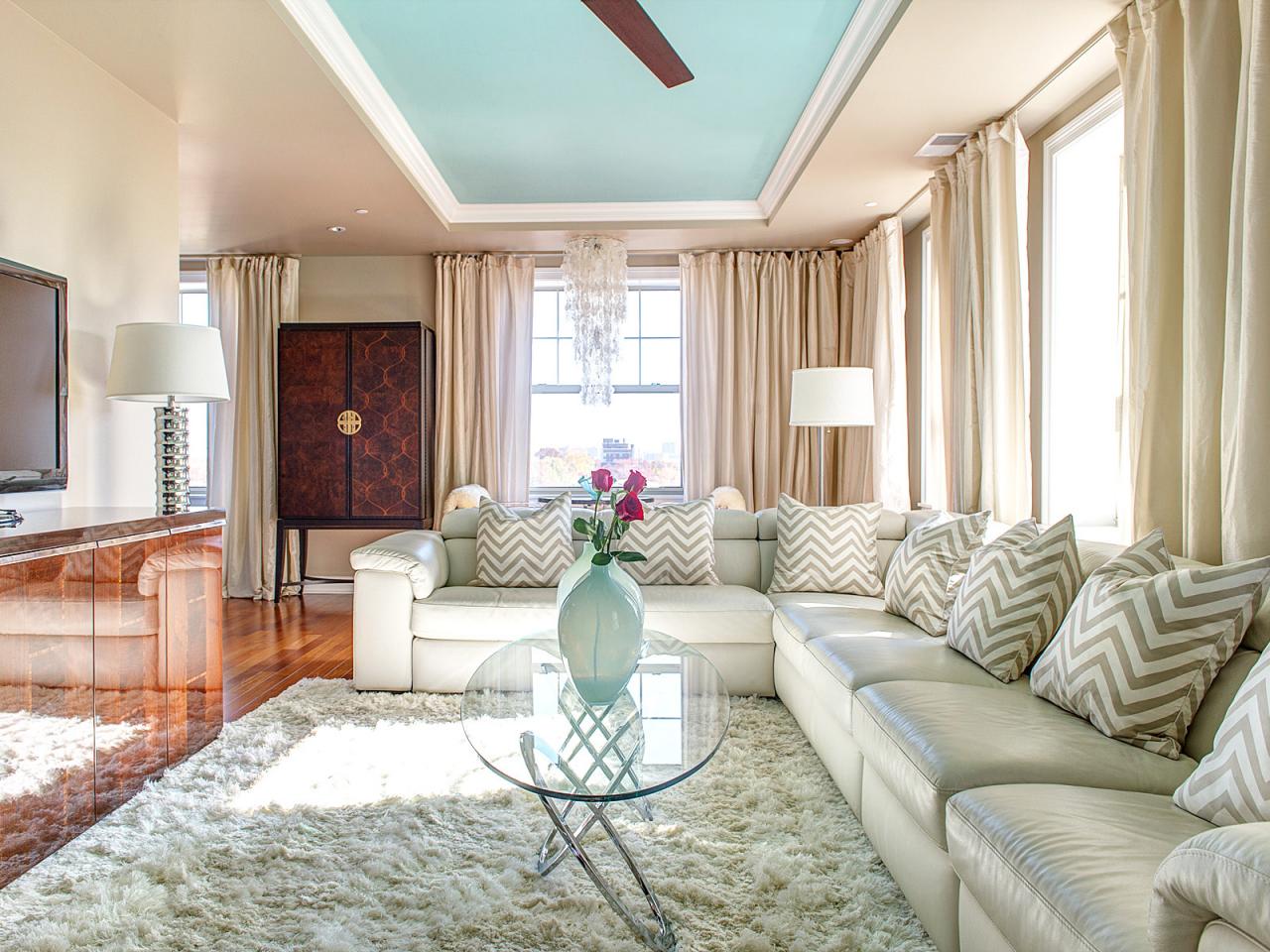1. Baseboard Heating: Pros and Cons for Your Kitchen Design
When it comes to designing a kitchen, there are a multitude of heating options available. One option that has gained popularity in recent years is baseboard heating. This type of heating system provides a number of benefits, but it also has its drawbacks. In this section, we'll explore the pros and cons of incorporating baseboard heating into your kitchen design.
Pros: Efficient, space-saving, cost-effective
One of the main advantages of baseboard heating is its efficiency. Unlike traditional central heating systems, baseboard heating allows you to control the temperature in individual rooms, making it more energy-efficient. It also takes up less space, which is a huge benefit in kitchens where every inch matters. Additionally, baseboard heating is often more cost-effective than other heating options, making it a popular choice for budget-conscious homeowners.
Cons: Uneven heating, potential for burns, limited design options
One of the biggest challenges with baseboard heating is achieving even heat distribution. Because the heating unit is located along the baseboard, the air may not circulate as effectively as it would with a central heating system. This can result in some areas of the room being warmer than others. Another concern with baseboard heating is the potential for burns, especially for households with children or pets. Finally, baseboard heating can limit your design options as it can be difficult to incorporate into certain layouts or styles.
2. How to Incorporate Baseboard Heating into Your Kitchen Design
Now that you know the pros and cons of baseboard heating, you may be wondering how to make it work for your kitchen design. The key is to plan carefully and consider all aspects of your space.
Consider the layout: Placement, clearance, and access
The first step in incorporating baseboard heating into your kitchen design is to consider the layout of your space. Where will the heating units be located? Will they interfere with cabinet or appliance placement? Will there be enough clearance for furniture and foot traffic? These are all important factors to consider to ensure that your heating system doesn't hinder the functionality of your kitchen.
Choose the right style: Modern, traditional, or custom?
Baseboard heating units come in a variety of styles, from sleek and modern to more traditional options. Think about the overall aesthetic of your kitchen and choose a style that complements it. You can also opt for custom baseboard covers to match your cabinetry or add a unique touch to your design.
Upgrade to programmable thermostats: Convenience and energy-savings
If you want to take your baseboard heating to the next level, consider upgrading to programmable thermostats. These allow you to set specific temperatures for different times of the day, ensuring optimal energy-efficiency and comfort in your kitchen.
3. Designing a Kitchen with Baseboard Heating: Tips and Tricks
Designing a kitchen with baseboard heating may seem daunting, but with a few tips and tricks, you can create a functional and stylish space.
Choose materials wisely: Heat-resistant and easy to clean
When selecting materials for your kitchen, keep in mind that the baseboard heating units will emit heat. It's important to choose materials that are heat-resistant, such as ceramic or porcelain tile, and avoid materials that can warp or melt, like certain types of plastic. Additionally, choose materials that are easy to clean, as baseboard heating units can attract dust and debris.
Utilize vertical space: Wall-mounted shelving and storage
Incorporating baseboard heating into your kitchen design can limit your floor space, so it's important to utilize vertical space. Consider installing wall-mounted shelves or storage units to make the most of your kitchen's available space.
Consider under-cabinet heating: Supplemental heat source
If you're concerned about potential uneven heat distribution in your kitchen, consider adding under-cabinet heating as a supplemental heat source. This can help distribute heat more evenly and also provide additional warmth to your feet while working at the counter.
4. The Benefits of Baseboard Heating in Kitchen Design
Despite its drawbacks, baseboard heating offers a number of benefits when it comes to kitchen design. Let's take a closer look at some of the advantages of this heating option.
More control over temperature: Individual room control
One of the biggest benefits of baseboard heating is the ability to control the temperature in individual rooms. This is especially useful in kitchens, where heat needs may vary depending on cooking activities or number of occupants. You can adjust the temperature in your kitchen to your liking without affecting the rest of your home's heating.
Efficiency and cost-effectiveness: Lower energy bills
As mentioned earlier, baseboard heating is more energy-efficient than traditional central heating systems. By only heating the rooms that are in use, you can save on energy costs and lower your monthly bills. This is a big advantage for homeowners looking to cut down on their utility expenses.
Space-saving: Maximizing room for cabinets and appliances
In small kitchens, every inch counts. Baseboard heating can help save space by eliminating the need for bulky radiators or vents. This allows you to maximize your kitchen's square footage and create a more functional and efficient space.
5. Baseboard Heating vs. Radiant Floor Heating: Which is Better for Kitchen Design?
When it comes to heating options for your kitchen, baseboard heating is not the only option to consider. Another popular choice is radiant floor heating. So, which is better for your kitchen design? Let's compare the two.
Baseboard Heating: Easy installation, cost-effective
Baseboard heating is typically easier and less expensive to install compared to radiant floor heating. It also allows for more control over individual room temperatures and can be a more budget-friendly option.
Radiant Floor Heating: Even heat distribution, invisible
Radiant floor heating offers the advantage of even heat distribution, eliminating the potential for cold spots in your kitchen. It is also invisible, as it is installed under the flooring, allowing for more design flexibility. However, it can be more costly and complex to install.
6. Choosing the Right Baseboard Heating System for Your Kitchen Design
When it comes to choosing a baseboard heating system for your kitchen, there are a few key factors to consider.
Size of the room: Determine heating requirements
The first step is to determine the size of your kitchen and calculate the heating requirements. This will help you determine the appropriate length and wattage of your baseboard units.
Power source: Electric or hydronic
Baseboard heating systems are available in both electric and hydronic options. Electric baseboard heaters are easier and less expensive to install, while hydronic systems use hot water to heat the room and can be more energy-efficient in the long run.
Brand and warranty: Do your research
Lastly, be sure to do your research and choose a reputable brand with a good warranty. This will ensure that your baseboard heating system is reliable and long-lasting.
7. Maximizing Space in Your Kitchen Design with Baseboard Heating
One of the main concerns with baseboard heating is its potential to take up valuable space in your kitchen. However, with a few clever design tricks, you can maximize the space in your kitchen while still incorporating baseboard heating.
Install baseboard covers: Custom or DIY
Baseboard covers not only add a decorative touch to your kitchen, but they also help protect against burns and potential accidents. You can opt for custom covers that match your cabinetry or get creative and DIY your own using materials like wood or metal.
Utilize toe-kick space: Hidden heating units
If you have a toe-kick space under your cabinets, consider installing baseboard heating units here. This allows for a more seamless and hidden heating system while still providing effective heat distribution.
8. Incorporating Baseboard Heating into a Modern Kitchen Design
Baseboard heating may seem like a more traditional heating option, but it can be incorporated into modern kitchen designs as well. Here are a few tips for achieving a sleek and contemporary look with baseboard heating.
Choose a minimalist design: Clean lines and neutral colors
To achieve a modern look, opt for baseboard heating units with clean lines and a minimalist design. This will help them blend in seamlessly with the rest of your kitchen's design elements. Choose neutral colors like white or black for a more modern and streamlined feel.
Incorporate other modern elements: Stainless steel or concrete countertops
Pairing your baseboard heating with other modern elements in your kitchen can help create a cohesive and contemporary look. Consider incorporating stainless steel or concrete countertops, sleek appliances, and minimalist lighting fixtures.
9. Baseboard Heating: A Stylish and Efficient Choice for Kitchen Design
Baseboard heating may not be the first thing that comes to mind when designing a kitchen, but it can actually be a stylish and efficient choice. With the right planning and design elements, baseboard heating can add both functionality and aesthetic appeal to your kitchen.
Incorporate it into your design: Make it a focal point
Rather than trying to hide your baseboard heating units, embrace them as a design element in your kitchen. You can paint them to match your walls or use them as a focal point by choosing a bold color or pattern for the baseboard covers.
Choose a complementary style: Blend in or stand out
When selecting your baseboard covers, you can either choose a style that blends in with your kitchen's design or one that stands out. For a cohesive look, opt for covers that match your cabinetry or walls. For a more unique touch, choose covers with a different color or pattern that adds visual interest to your kitchen.
10. Designing a Kitchen with Baseboard Heating: Common Mistakes to Avoid
When designing a kitchen with baseboard heating, there are a few common mistakes that homeowners should avoid.
Placing heating units near water sources: Avoid potential hazards
Baseboard heating units should not be placed near sinks, dishwashers, or other water sources as this can pose a potential hazard. Be sure to plan the placement of your units carefully to avoid any accidents.
Overlooking safety measures: Protect against burns
As with any heating system, it's important to take safety measures to protect against potential burns. This includes installing baseboard covers and keeping flammable items away from the heating units.
Not considering placement of furniture: Leave enough clearance
When planning the layout of your kitchen, be sure to consider the placement of furniture in relation to your baseboard heating units. Leave enough clearance for foot traffic and furniture to ensure that your heating system does not hinder the functionality of your space.
Designing a kitchen with baseboard heating may require some extra thought and planning, but with the right approach, it can be a stylish and efficient choice for your space. Consider the pros and cons, follow these tips and tricks, and you'll have a warm and inviting kitchen that is both functional and aesthetically pleasing.
Benefits of Baseboard Heating in Kitchen Design

Efficient and Cost-Effective Heating Solution
 One of the main advantages of using baseboard heating in your kitchen design is its efficiency and cost-effectiveness. Unlike traditional heating systems, baseboard heaters only heat the area where they are installed, allowing for a more precise and targeted heating approach. This means that you don't have to heat up your entire house just to keep your kitchen warm. Additionally, baseboard heaters are generally more affordable and easier to install compared to other heating options, making it a budget-friendly choice for homeowners.
One of the main advantages of using baseboard heating in your kitchen design is its efficiency and cost-effectiveness. Unlike traditional heating systems, baseboard heaters only heat the area where they are installed, allowing for a more precise and targeted heating approach. This means that you don't have to heat up your entire house just to keep your kitchen warm. Additionally, baseboard heaters are generally more affordable and easier to install compared to other heating options, making it a budget-friendly choice for homeowners.
Flexible Placement Options
 Another benefit of baseboard heating is its flexibility in terms of placement. Unlike central heating systems that require extensive ductwork, baseboard heaters can be installed anywhere along the base of your kitchen walls. This allows for more freedom in terms of kitchen layout and design. You can also choose to install them under cabinets or countertops for a more discreet look. This flexibility in placement also means that you can easily add or remove heaters as needed, making it a customizable heating solution for your kitchen.
Another benefit of baseboard heating is its flexibility in terms of placement. Unlike central heating systems that require extensive ductwork, baseboard heaters can be installed anywhere along the base of your kitchen walls. This allows for more freedom in terms of kitchen layout and design. You can also choose to install them under cabinets or countertops for a more discreet look. This flexibility in placement also means that you can easily add or remove heaters as needed, making it a customizable heating solution for your kitchen.
Silent and Low Maintenance
 Baseboard heaters are known for their quiet operation, making them a great choice for the kitchen where noise can be a distraction. Unlike other heating systems that rely on a fan or compressor, baseboard heaters use convection to circulate heat, resulting in a noiseless operation. Additionally, these heaters have fewer moving parts, making them low maintenance and less prone to breakdowns. This means less hassle and lower maintenance costs for homeowners.
Baseboard heaters are known for their quiet operation, making them a great choice for the kitchen where noise can be a distraction. Unlike other heating systems that rely on a fan or compressor, baseboard heaters use convection to circulate heat, resulting in a noiseless operation. Additionally, these heaters have fewer moving parts, making them low maintenance and less prone to breakdowns. This means less hassle and lower maintenance costs for homeowners.
Sleek and Space-Saving Design
 Baseboard heaters have a sleek and compact design, making them a space-saving option for kitchen design. They take up minimal space along the base of the walls, leaving more room for kitchen cabinets, appliances, and other essential features. Moreover, modern baseboard heaters come in various colors and finishes, allowing you to choose one that complements your kitchen's aesthetic. This means you don't have to sacrifice style for functionality when it comes to heating your kitchen.
In conclusion, incorporating baseboard heating into your kitchen design offers numerous benefits. From cost-effectiveness and flexibility in placement to low maintenance and sleek design, baseboard heaters are a practical and efficient heating solution for any kitchen. Consider these factors when designing your kitchen to create a warm and inviting space for cooking and gathering with loved ones.
Baseboard heaters have a sleek and compact design, making them a space-saving option for kitchen design. They take up minimal space along the base of the walls, leaving more room for kitchen cabinets, appliances, and other essential features. Moreover, modern baseboard heaters come in various colors and finishes, allowing you to choose one that complements your kitchen's aesthetic. This means you don't have to sacrifice style for functionality when it comes to heating your kitchen.
In conclusion, incorporating baseboard heating into your kitchen design offers numerous benefits. From cost-effectiveness and flexibility in placement to low maintenance and sleek design, baseboard heaters are a practical and efficient heating solution for any kitchen. Consider these factors when designing your kitchen to create a warm and inviting space for cooking and gathering with loved ones.



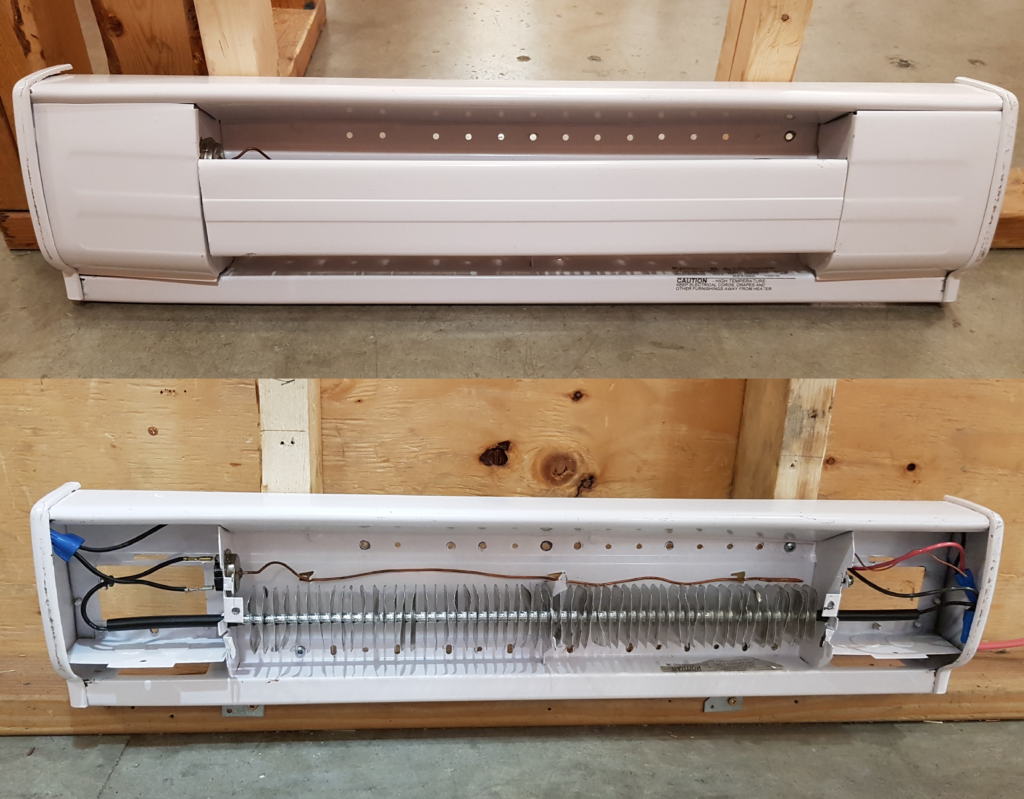

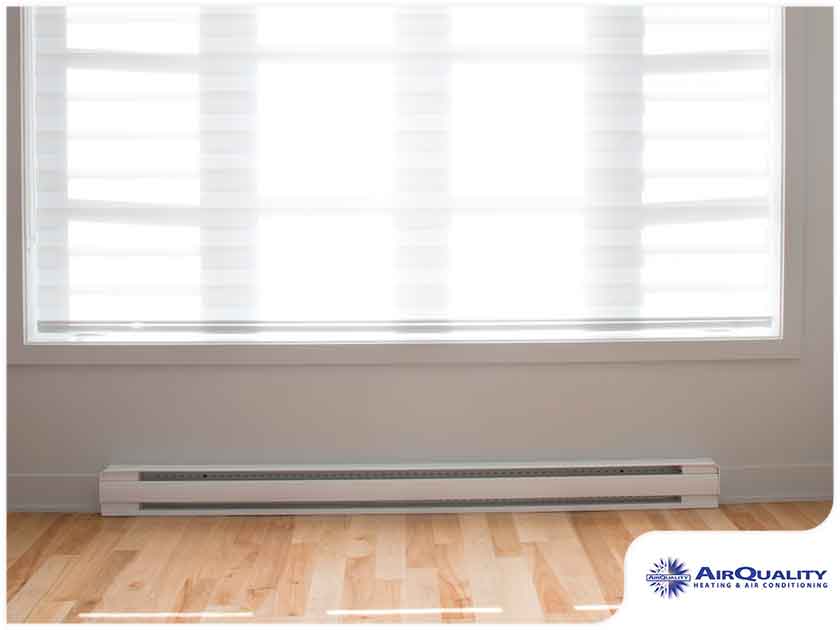



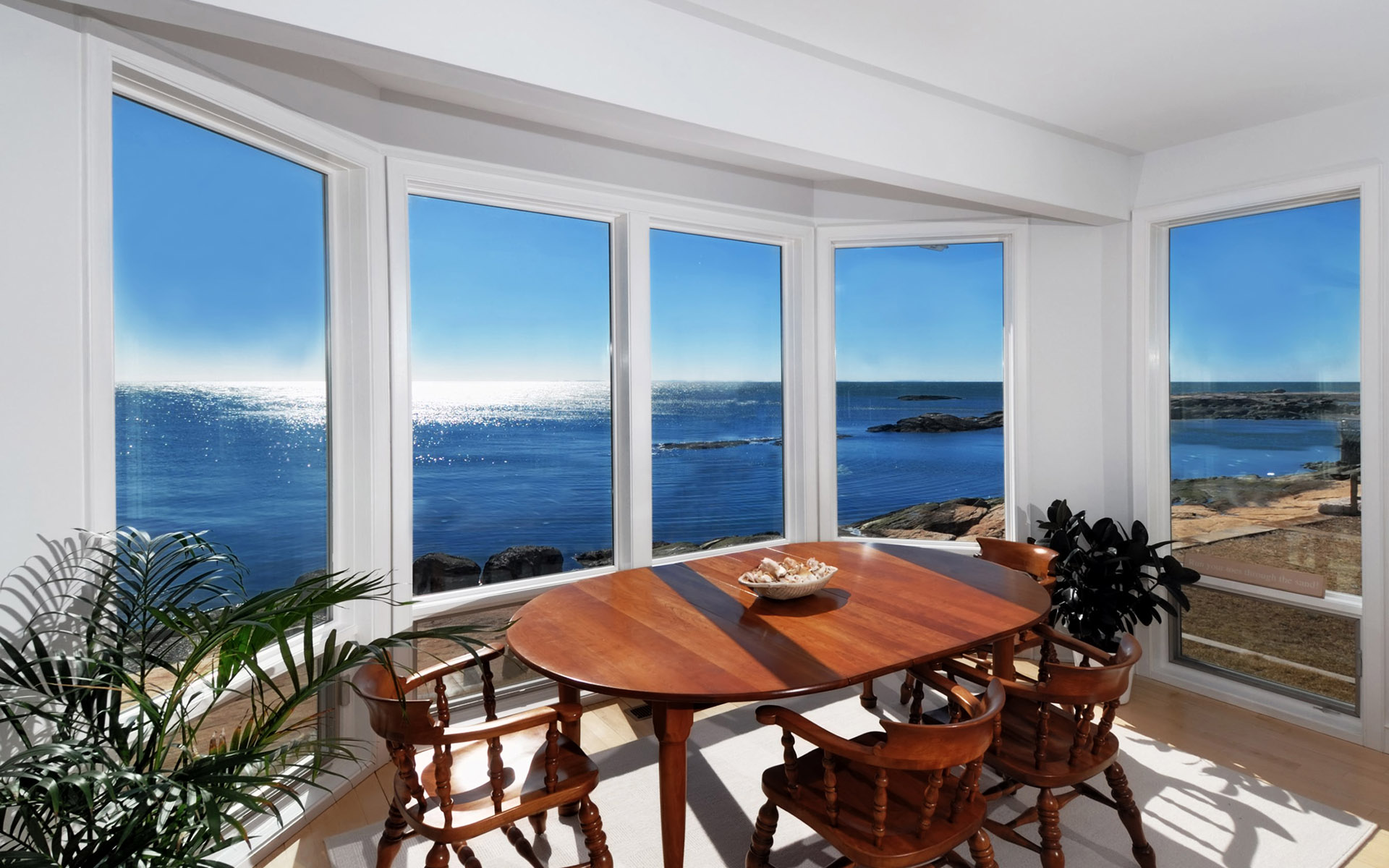
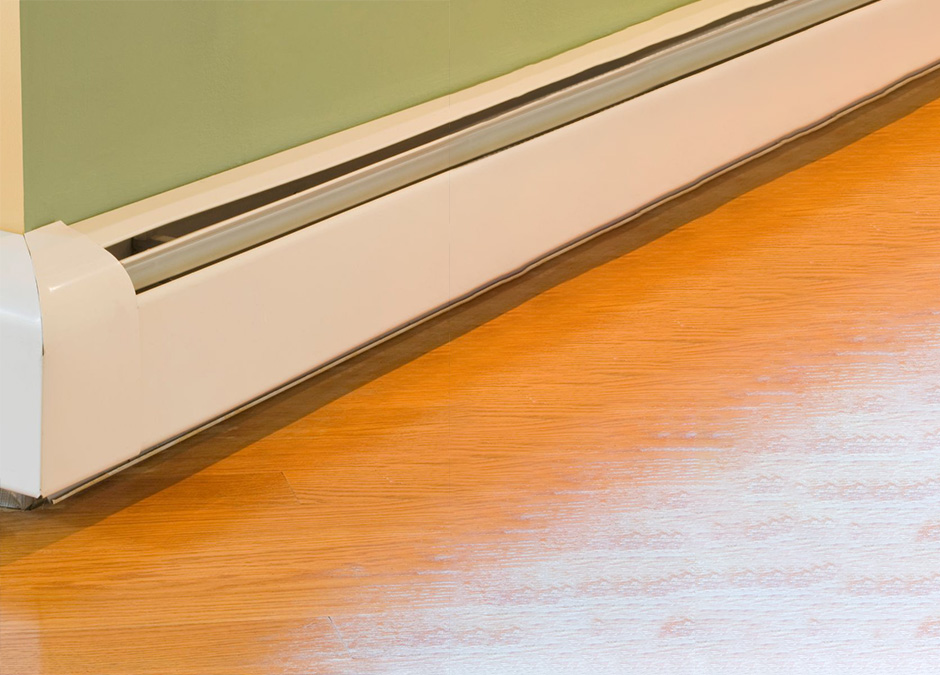

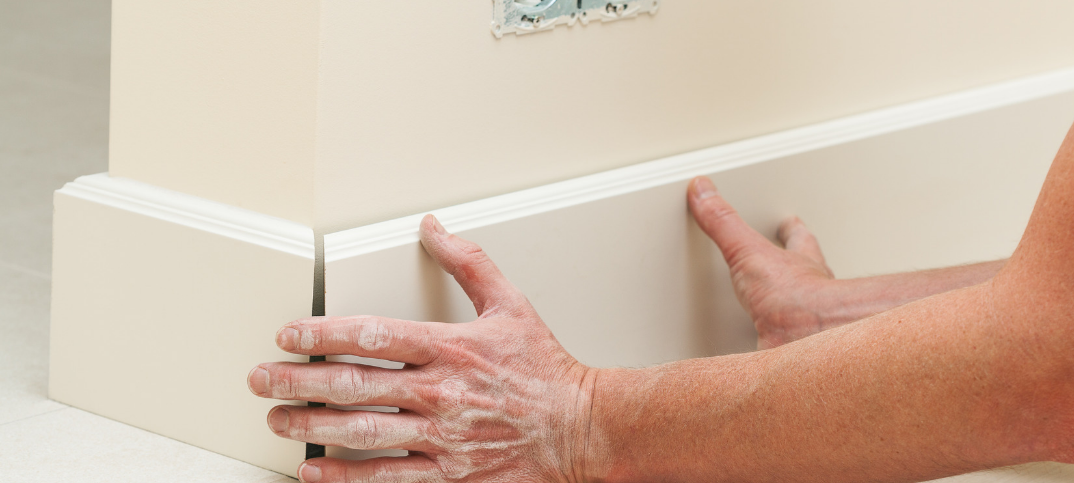




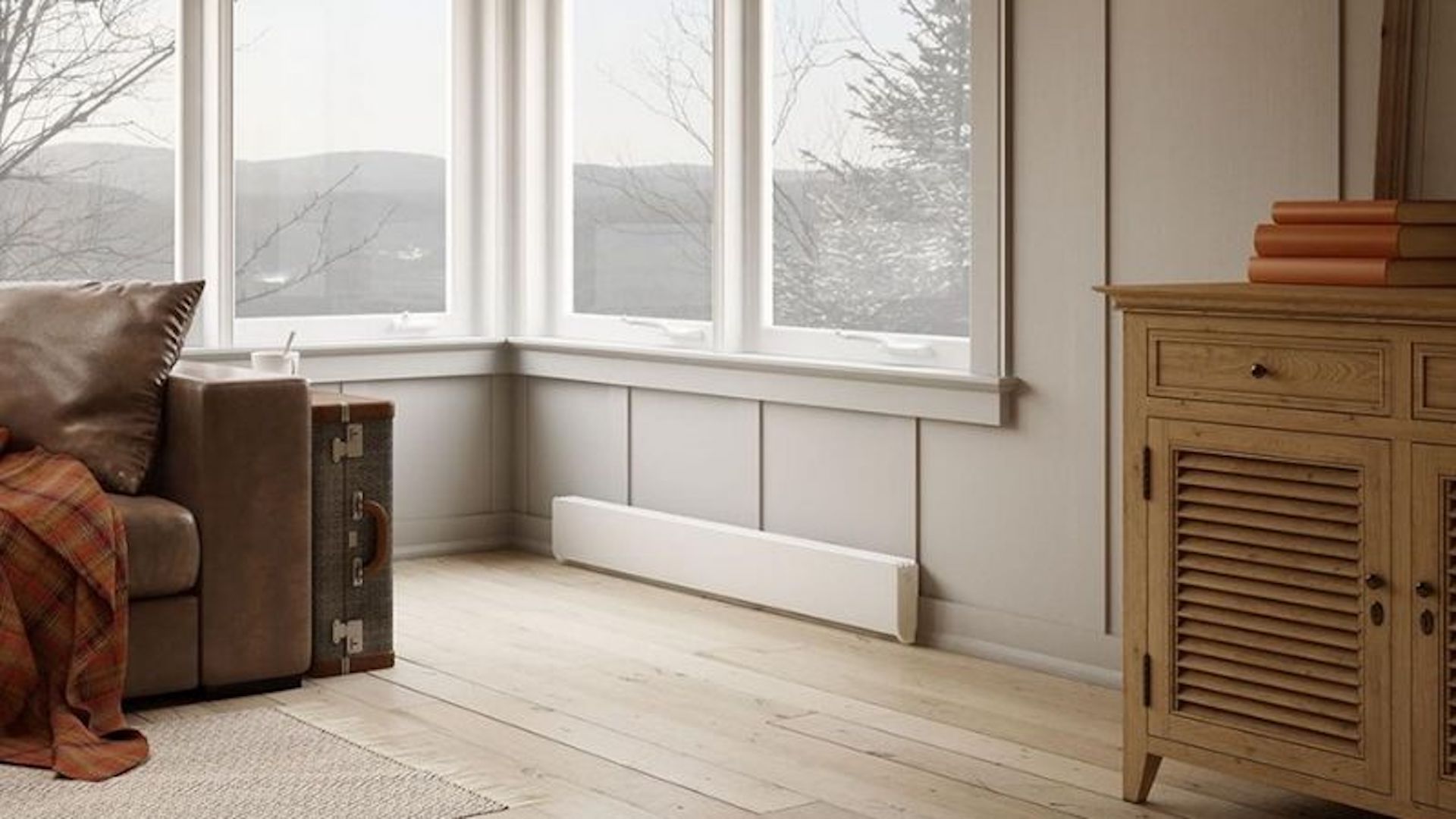



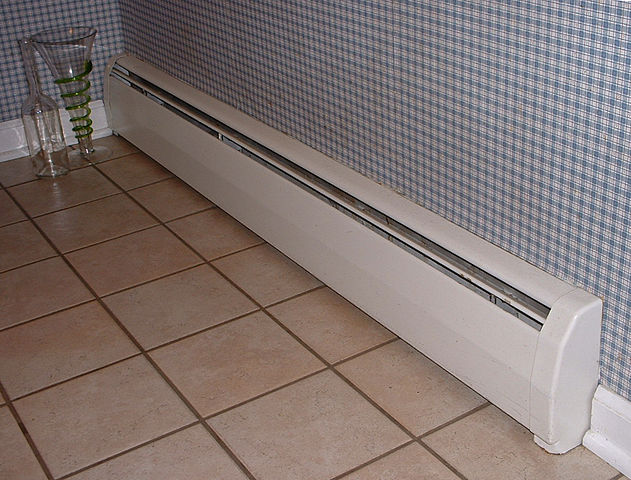



:max_bytes(150000):strip_icc()/baseboard-heater-80509465-5845a5b83df78c0230efa2d4.jpg)


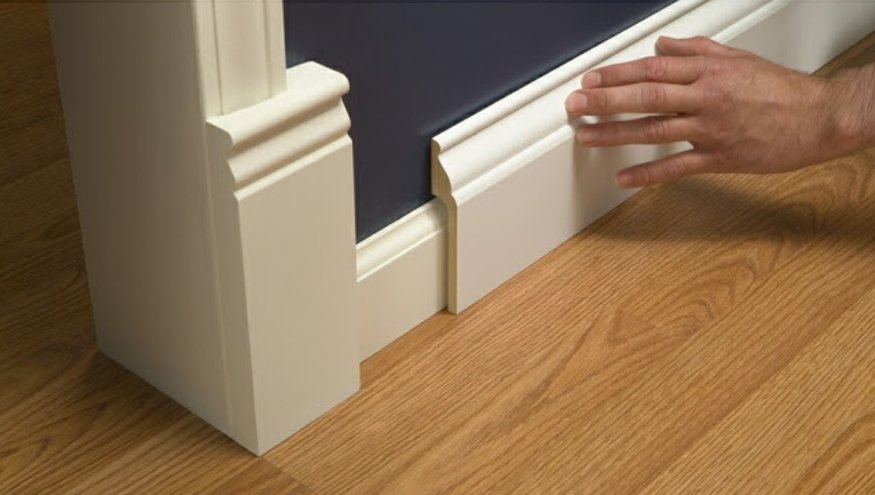


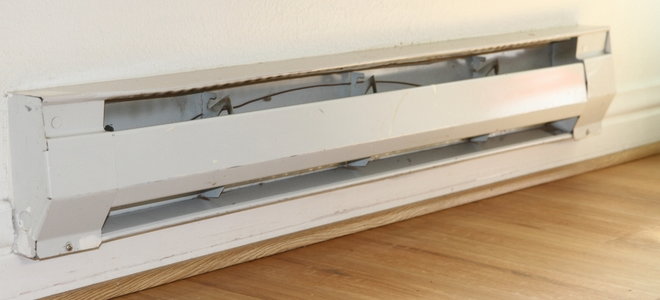





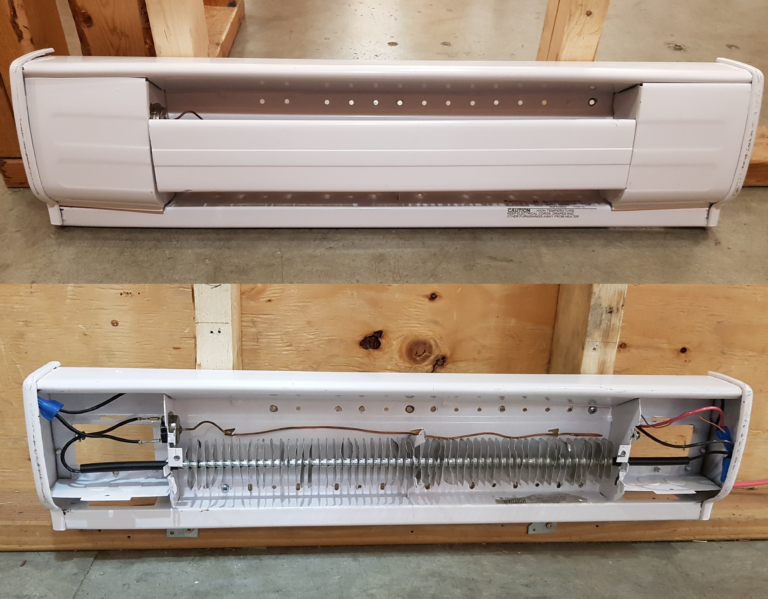










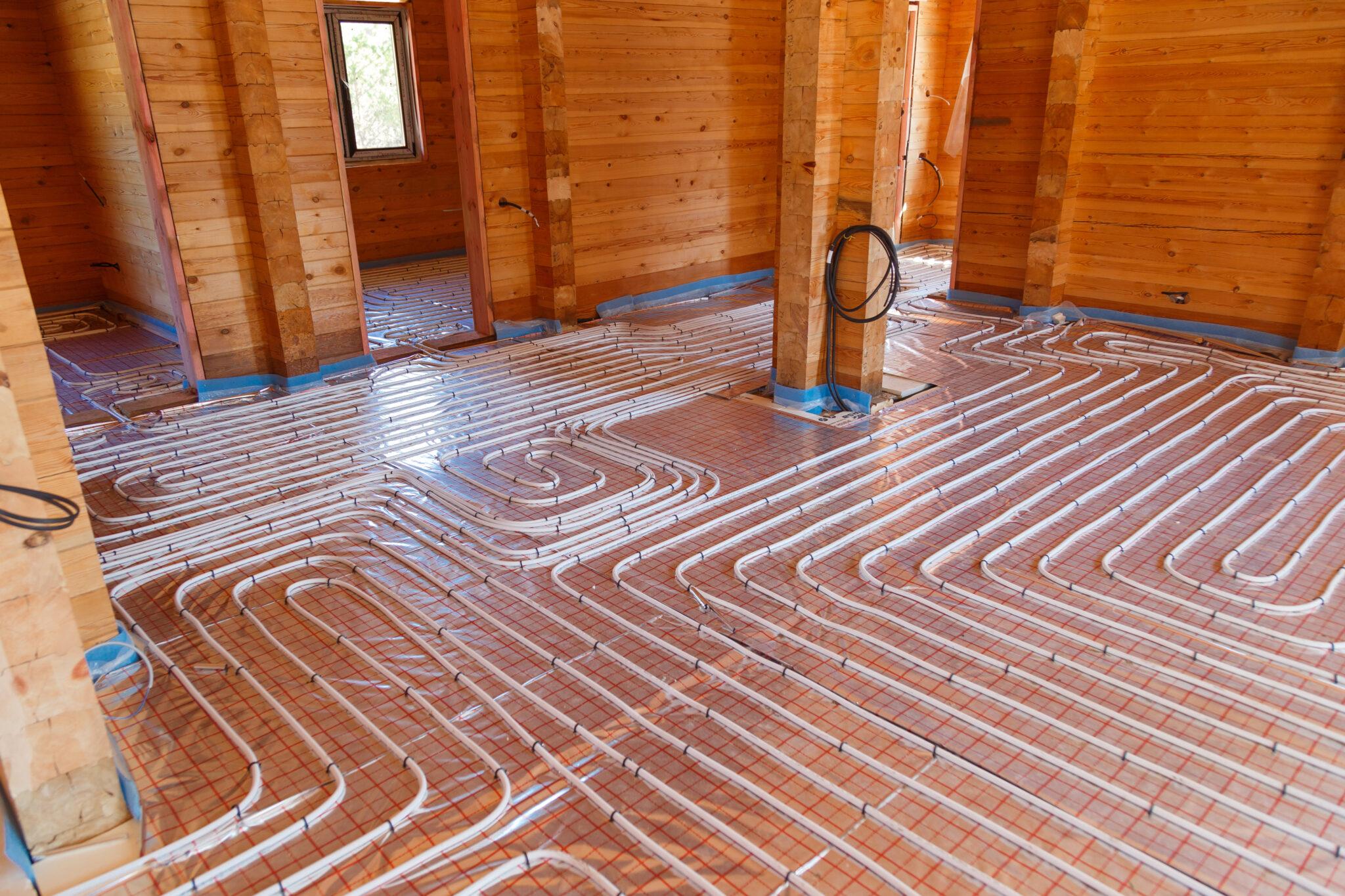
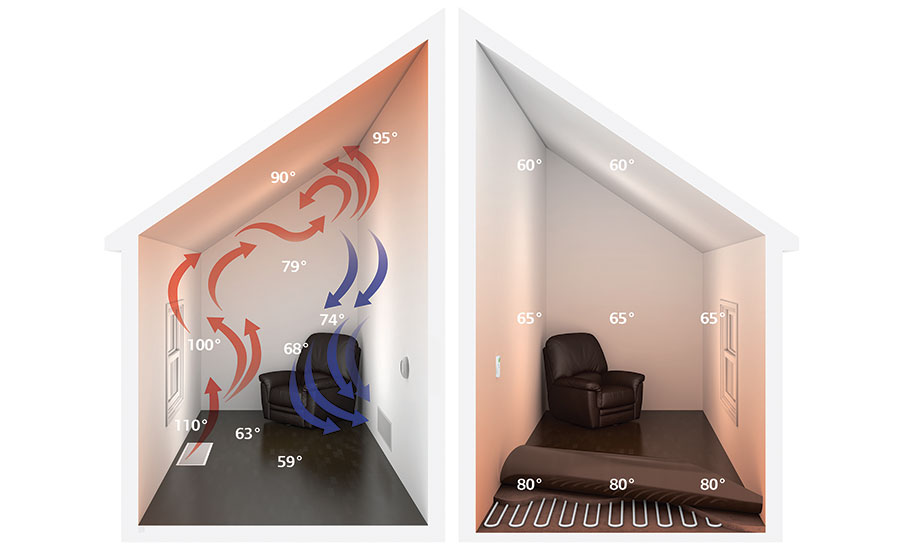
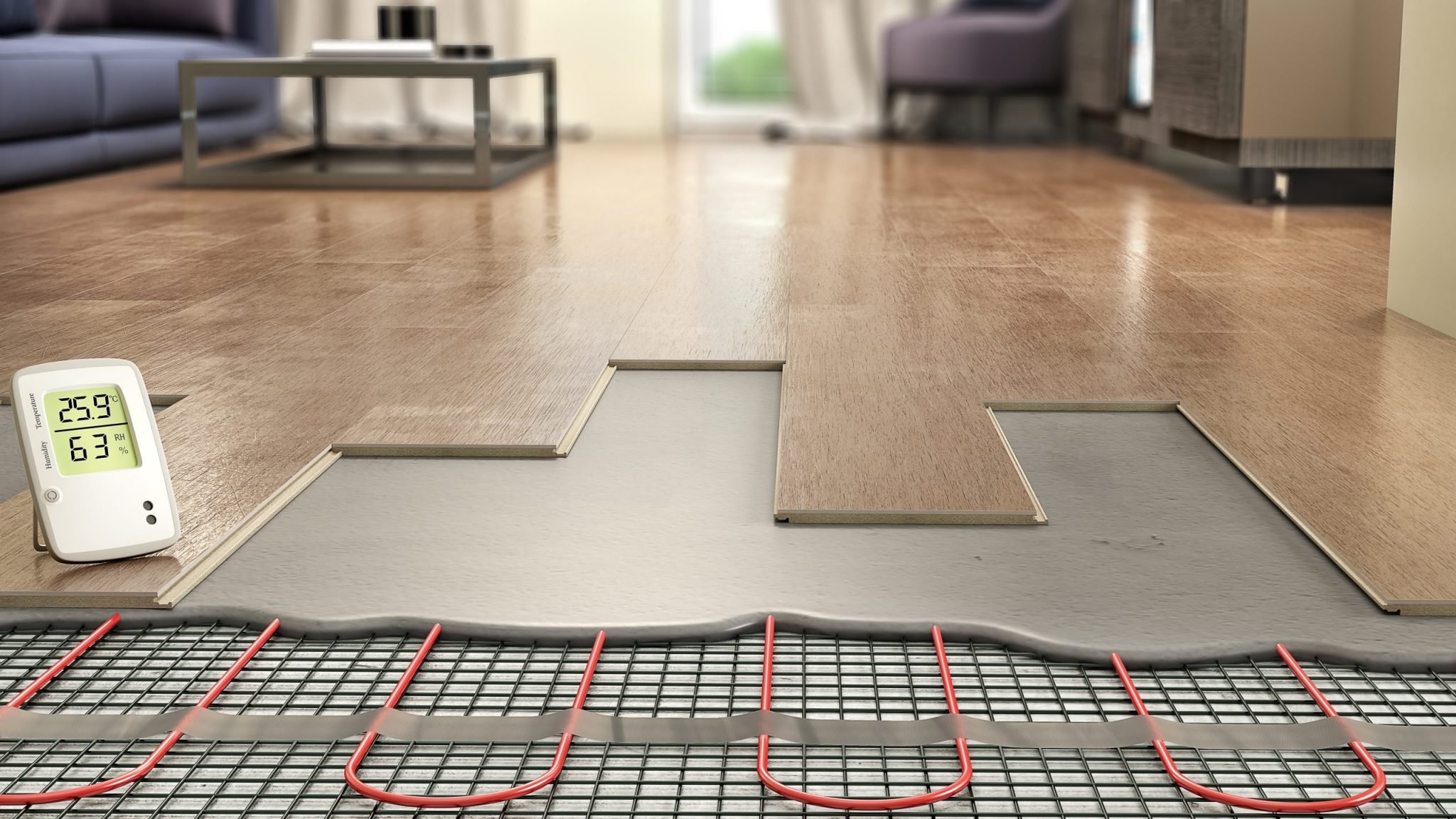
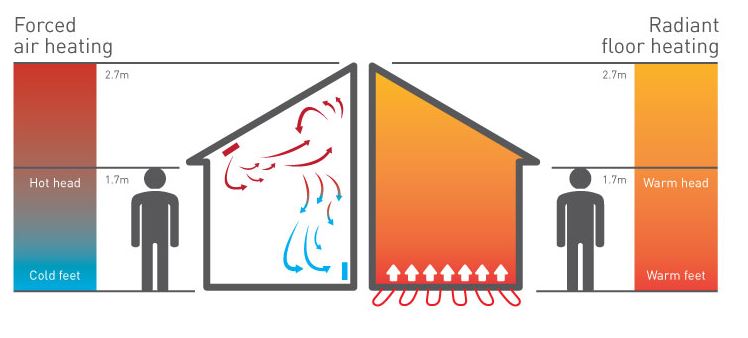
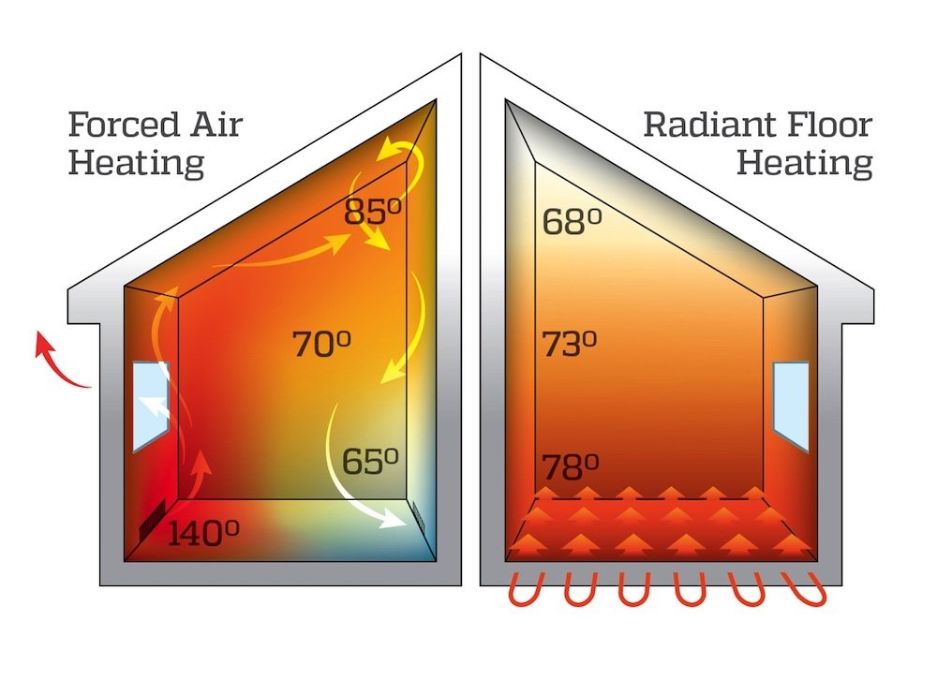
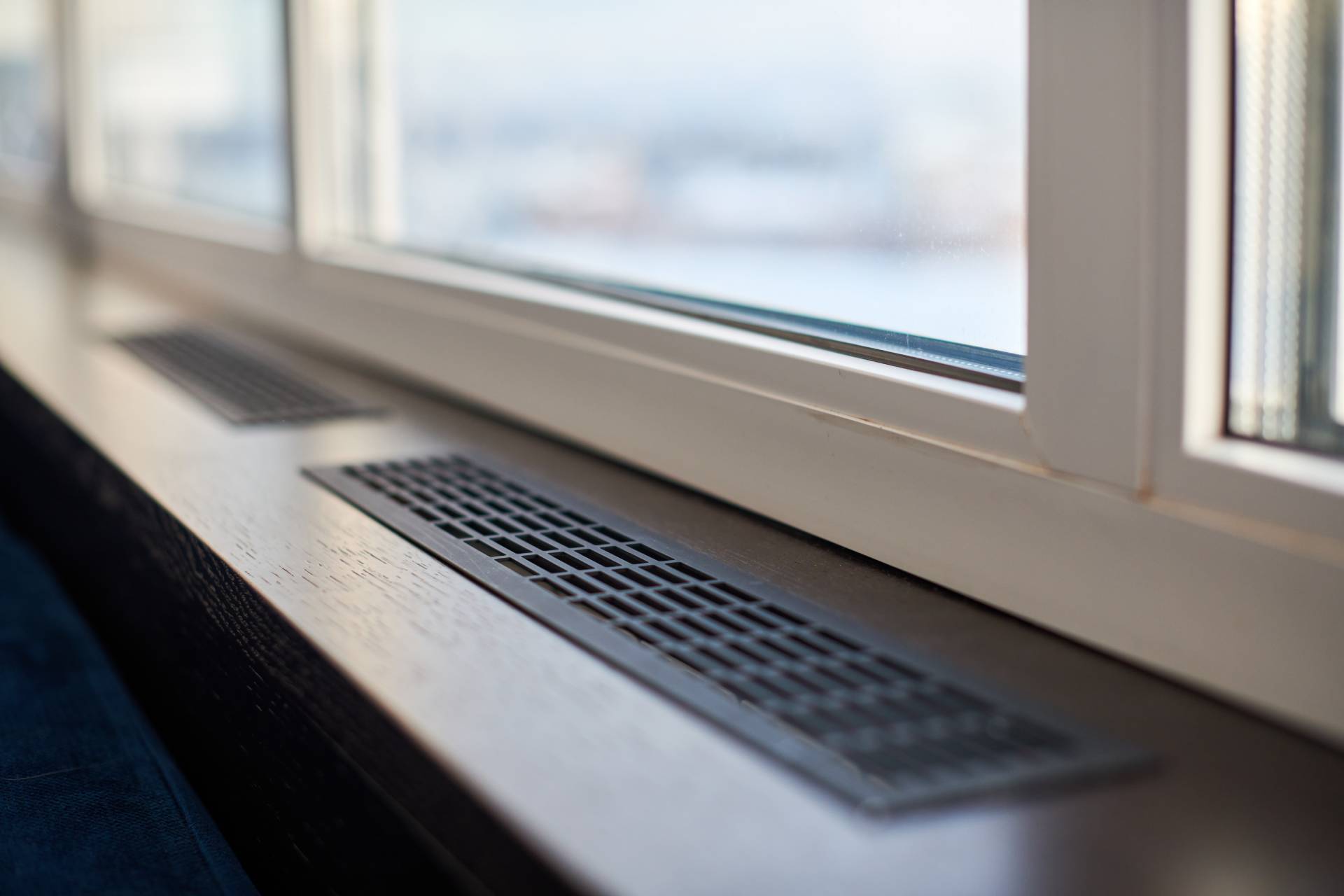
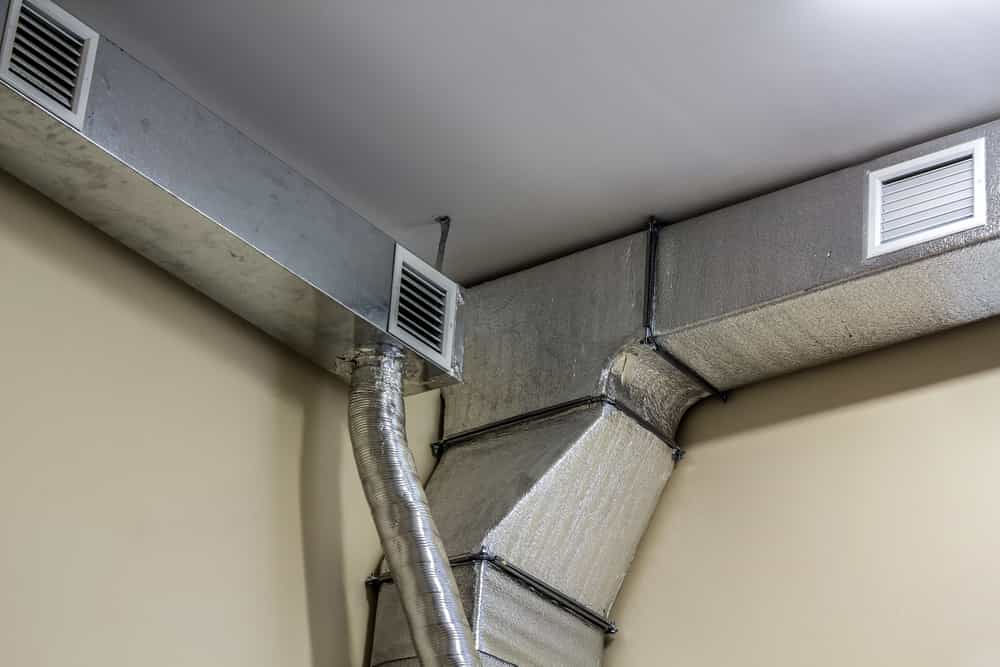

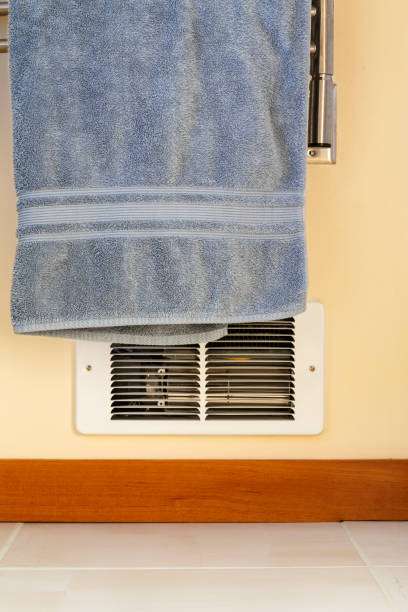



:max_bytes(150000):strip_icc()/baseboard-heater-80509465-5845a5b83df78c0230efa2d4.jpg)





/Cadet-Electric-Baseboard-Heater-58a47cd83df78c4758778542.jpg)






